
I’ll be the first to admit that at times, us media folk (myself certainly included) can be a little bit prone to hyperbole. We exaggerate everything, turning games into “battles” and coaching decisions into life or death decisions. Even if for the most part they are inconsequential. Therefore, when I say that there’s a new rule that could be coming which might “change college sports forever” I know what most of you are probably thinking: Sure, Torres. Sounds like a whole bunch of hyperbole to me.
Only it isn’t, and here me out.
That rule has been a much-discussed alteration to the current transfer rules in major college football and basketball. As all of you know, the current rule states that if a player decides to transfer from one school to another, they must (unless they’ve already graduated) sit out for at least a year. It’s a rule that’s designed to protect both the school and coach, but also players from making any rash, emotional, poorly-thought out decisions.
Or at least that was the rule, as it’s looking more and more like things are about to change in college sports, and football and basketball players will now be allowed to transfer from one school and play right away at the next. It’s something that’s been reported for months, but really picked up steam on Wednesday when ESPN’s Matt Schick tweeted that he’d heard from an NCAA source that it’s “95 percent certain” to pass. A different source told me something similar, and that the change could go into effect as early as February.
https://twitter.com/ESPN_Schick/status/953671983866277888?ref_src=twsrc%5Egoogle%7Ctwcamp%5Eserp%7Ctwgr%5Etweet
And ultimately while I hate to use hyperbole, what I said above is correct: This is a rule which could alter college sports forever. It could also be one of the worst thing that has ever happened to major college football and basketball, and create way more problems than it helps.
To understand why, you have to understand why the rule was put into place in the first place. I know I already said it up top, but it’s worth repeating here: The rule was and is a two-way street, intended to protect both the schools and players from anyone making a rash decision. The player might want to leave the school for any number of reasons, whether it was homesickness, playing time or any other reason a college athlete decides that one school isn’t the right fit for him. At the same time, when a player was forced to sit out for one season it made he or she think as well. It made them think: Is this all really worth it? As frustrated as I am, is it worth sitting out a year somewhere else? Or is it better for me to grit my teeth and get through this? For some players, the year out is worth it. For many others, it made them reconsider a tough situation and stick put.
Looking across the college landscape, there are dozens of players that fit both sides of the coin. We know about any number of high-profile transfers in college basketball, whether it’s Malik Newman at Kansas, Charles Matthews at Michigan or dozens of others, who all decided at some point in their careers “I need a fresh start” and never looked back.
What many people don’t know is that there are just as many players who are on the opposite side, those who considered transferring but decided to stick it out and have thrived. Just as an example, star Notre Dame guard Matt Farrell has openly admitted that he nearly transferred after his sophomore year. Instead, he stuck around, has turned into an All-ACC caliber point guard, and will eventually end up with a degree from Notre Dame. Not many casual fans may know the name “Noah Dickerson” but he’s a player who nearly left Washington after its coaching change last spring. Instead, he decided to stick it out, is averaging 14 points per game and has the Huskies in the hunt for an NCAA Tournament berth.
But if there weren’t a transfer rule barring them from sitting out, would they have made the same decision? Would others, like (just as example) Kansas’ Devonte Graham or Louisville’s Ray Spaulding be willing to work their way up from struggling freshmen to players who became stars their junior and senior years? Or would they have jumped to another school at the first sign of adversity? Those two are just examples, but what’s to keep dozens of kids every year from leaving their school the first time they get benched mid-game or yelled at in practice? From a coaches perspective, that’s one of their biggest fears. They won’t be able to actually “coach” a player. If they player doesn’t like what the coach has to say, they’ll just get up and leave.
But even worse than the players, think about what the coaches would be doing behind the scenes to make it all happen? We all hear about “tampering” in the transfer market, and without players having to sit out, can you imagine how bad it would be? I’ve had coaches tell me that if this rule passes, it isn’t an exaggeration to believe that big-time schools would literally use regular season games to scout other team’s players. For example, if say, a player from Davidson had a big game against Kansas, what’s to stop the Kansas coaching staff from stopping the player in the handshake line and saying “You should come play here?” To a degree, it may already happen. But if a player didn’t have to sit out and could transfer freely, it would happen a lot more. Believe me.
And it’s not just players transferring from small schools to big schools, but again, think of it from the opposite perspective.
John Calipari recruits somewhere between four and eight Top 50 type recruits every year, and while some (John Wall, De’Aaron Fox, Bam Adebayo) become instant stars, many struggle. Tyler Ulis wasn’t a star his first season at Kentucky, and neither were future first round draft picks like Willie Cauley-Stein and Terrence Jones. Some of those guys took time to develop, but would they have stuck around and developed at Kentucky? Or would some other coach text a struggling Ulis or Cauley-Stein after a game and say “Hey, you could be playing 30 minutes a night here, rather than being a back-up.” If you don’t think that’d happen routinely, you’re out of your mind.
That’s also why, for the most part, I just don’t see the need for this rule to change. Sure, some things can be tweaked (like a player being allowed to transfer if their coach is fired or leaves) but for the most part, the rule is good as is.
Nothing is perfect. But altering the transfer rule would create chaos in college basketball and football.
It isn’t hyperbole to say that it’s one of the worst things that could happen to college sports.


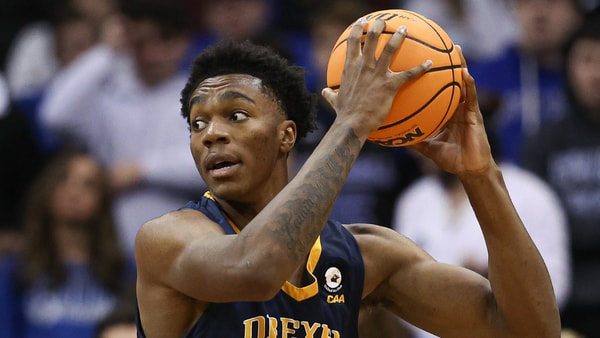
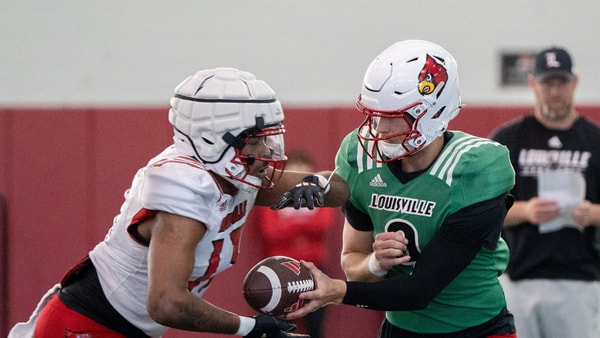
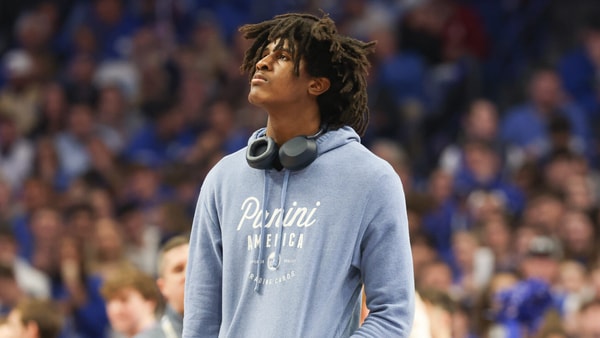

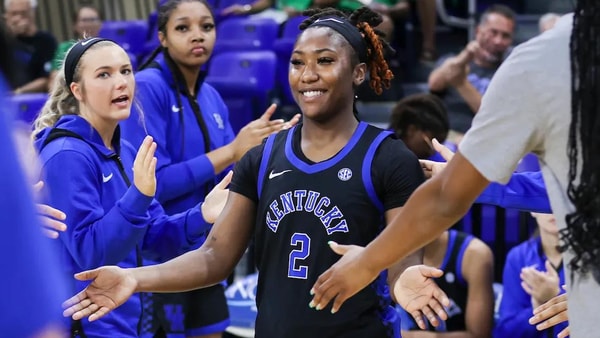
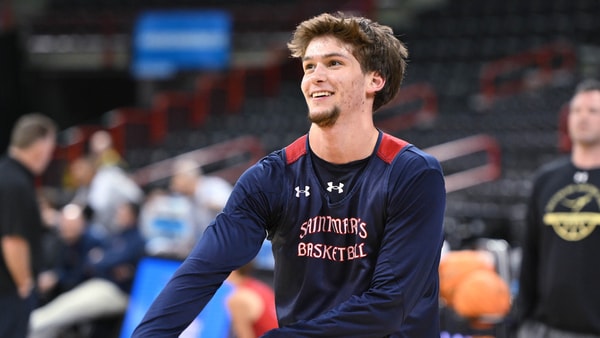
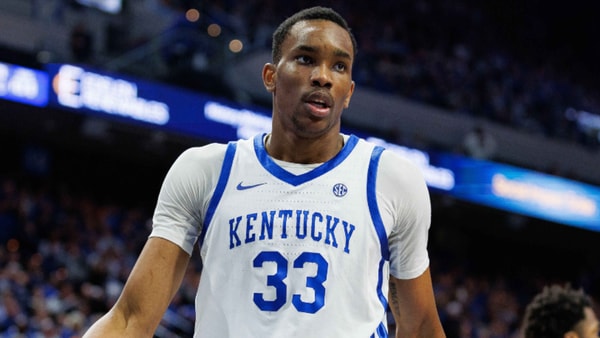
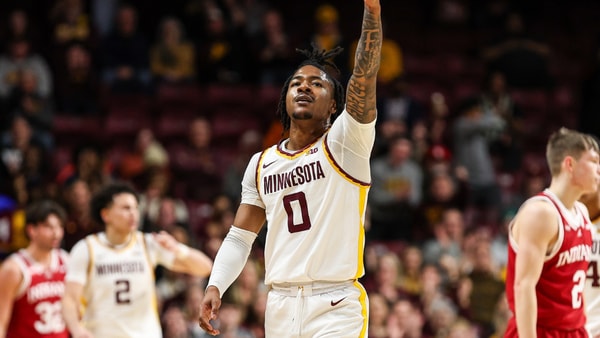
Discuss This Article
Comments have moved.
Join the conversation and talk about this article and all things Kentucky Sports in the new KSR Message Board.
KSBoard